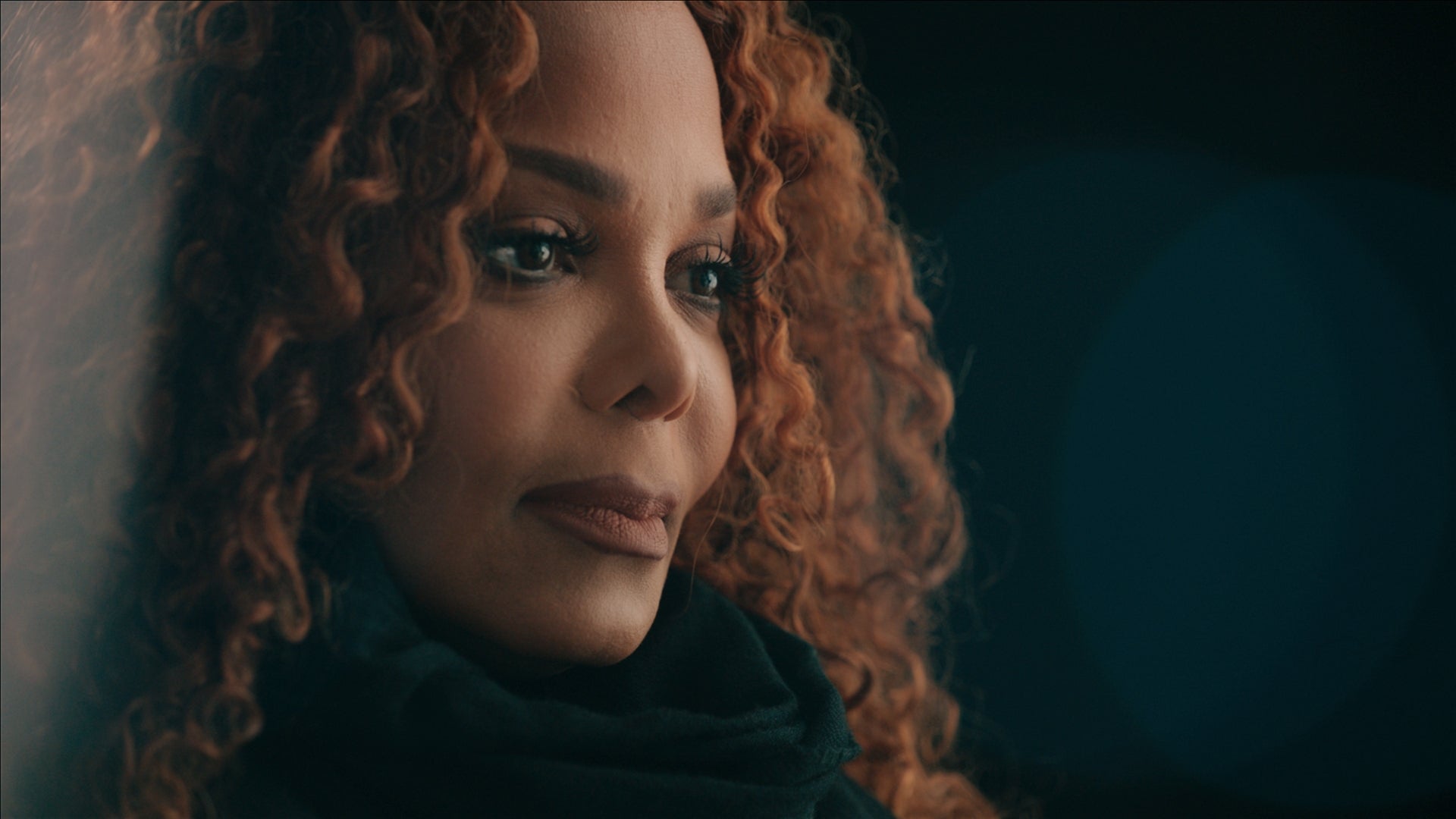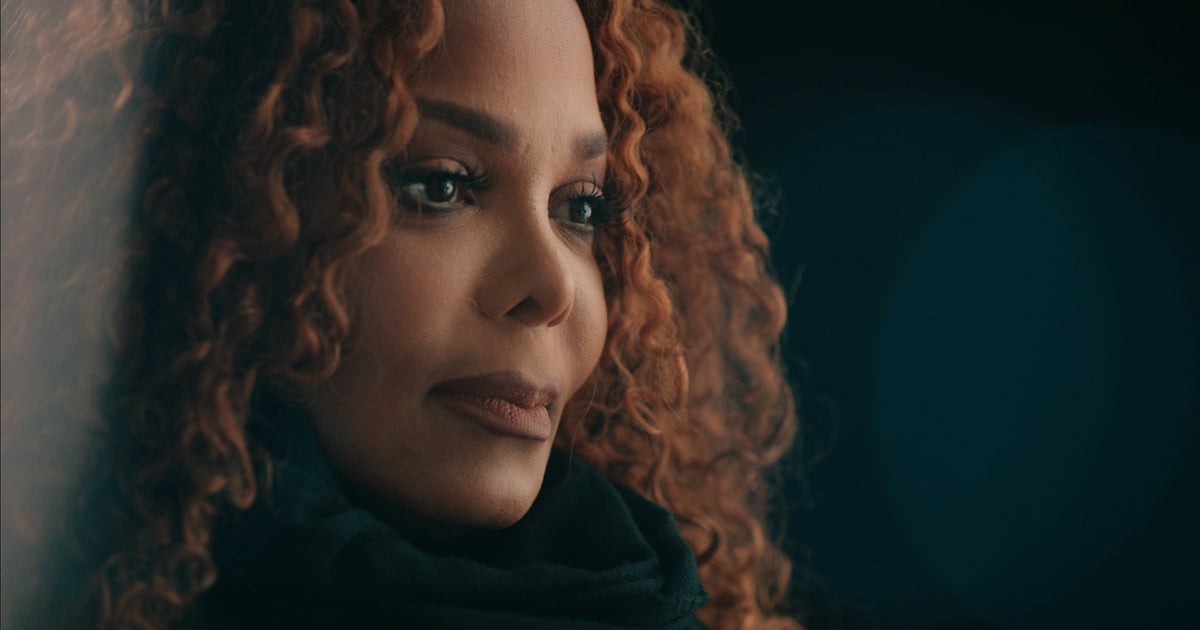
Almost 40 years after her debut album, Janet Jackson is lifting the veil like never before. Five years in the making, the highly anticipated documentary JANET JACKSON. premiered simultaneously on Lifetime and A&E on Jan. 28. It features archival footage and never-before-seen home videos, along with a long list of celebrity cameos, to tell Jackson’s extraordinary story, including her previous marriages and the 2004 Super Bowl halftime show controversy involving Justin Timberlake. “This is my story, told by me. Not through someone else’s eyes. This is the truth. Take it or leave it. Love it or hate it. This is me,” the 55-year-old superstar says in the first teaser.
“This is my story, told by me. Not through someone else’s eyes.”
From Jackson visiting her childhood home in Gary, Indiana with brother Randy Jackson to family matriarch Katherine Jackson sharing that she sewed The Jackson 5’s early stage costumes, part one of the two-part documentary is filled with so many great gems that even the most casual fan will appreciate. Keep reading for the five biggest takeaways from the documentary.
- The Jackson family experienced racism when they moved to Los Angeles in 1969. Growing up, it wasn’t uncommon for Jackson to see music superstars like Diana Ross and Marvin Gaye at family parties, but it wasn’t always fun and games. The Jacksons were among one of the first Black families to live in Encino, which resulted in their white neighbors starting a petition to keep them from moving into the quiet, affluent community. “They had this petition going around, so that we wouldn’t be in the neighborhood,” Jackson said, before detailing some of the racial discrimination she faced at school. “I remember walking down the street and being called the N-word, someone driving by, yelling it out, [being] told to go back home to your country,” she added. “Feeling it at school with some of the teachers and some of the kids, touching your hair because your hair was different from theirs. Or your skin, rubbing it. ‘Does that come off?’ ‘No, does yours?’ I didn’t have a lot of friends. I had a couple. But my closest were my brothers and sisters.”
- Her first marriage was an attempt to gain independence. After spending much of her life in her famous brothers’s shadow, Jackson was itching to veer away from the entertainment industry the minute she turned 18. Despite starring in the TV series “Fame” and making her debut on “American Bandstand” while promoting her debut album, she was unhappy with how much say-so her late father and then-manager, Joe Jackson, had in regards to her career. Out of desperation to gain control over her own life, Jackson secretly married fellow singer James DeBarge, but their relationship quickly soured. “There were a lot of nights that I would go searching the streets looking for him, 3 o’clock in the morning, 4 o’clock in the morning,” Jackson recalled. “I remember times when I would find the pills and I would take them and try to flush them down the toilet, and we would be rolling around on the floor fighting for them. That’s not a life for anyone.” Their year-long marriage was annulled in 1985.
- She finally shut down long-standing rumors of a secret baby with James DeBarge. Jackson and DeBarge’s tumultuous marriage was short-lived, but rumors that the young couple gave birth to a secret daughter have lasted for decades. Plus, Jackson’s noticeable weight gain at the time only fueled the gossip with many of her “Fame” costars thinking she was pregnant. “Back in the day they were saying that I had a child and I kept it a secret,” she said in the documentary. “I could never keep a child from James. How could I keep a child away from their father? I could never do that, that’s not right.” Debbie Allen, who also starred in “Fame,” attempted to set the record straight as well, saying, “Where was the baby? Nobody saw a baby. I mean, she was there with us all day, every day. Where was the baby?”
- Paula Abdul helped Jackson find her star power through dance. Following the disappointing sales tied to her first two albums in 1982 and 1984, Jackson made the difficult decision to fire her father as her manager. Her newfound creative freedom inspired her to get back in the studio and regain control over her then-flourishing career. One of her first tasks was calling up Paula Abdul, who was gaining attention as the head choreographer for the LA Lakers at the time. “When I started working with Janet, she was extremely shy and soft spoken. She shed some light into what was going on with their father, with James,” Abdul said. “It wasn’t just about teaching choreography. It was up to me to kind of bring her out of her shell. It was so important for me because it was important for her.” Abdul’s choreography can be seen in Jackson’s “Control,” “Nasty,” “When I Think of You,” and “What Have You Done For Me Lately?” music videos.
- “Rhythm Nation 1814” was considered a commercial risk due to its socially conscious themes. These days, musical artists like Beyoncé, Kendrick Lamar, and Childish Gambino have all used their platform to tackle sociopolitical issues, but making such statements came with a great commercial cost back then, especially for Black artists. “She’s talking about race relations, she’s talking about crime and drugs and lack of education, and that was not the kind of record that was on the pop charts at the time,” longtime collaborator Jimmy Jam said, adding that they didn’t tell the record company. Selling over 17 million copies worldwide, “Rhythm Nation 1814” spawned seven top five hits on the Billboard Hot 100 and earned a Grammy award for best long form music video. More importantly, the timeless album cemented Jackson’s status as a trailblazer and music icon.
Part two of the documentary will air simultaneously on Lifetime and A&E on Jan. 29 at 8 p.m. ET/PT.
Image Source: A&E Networks
